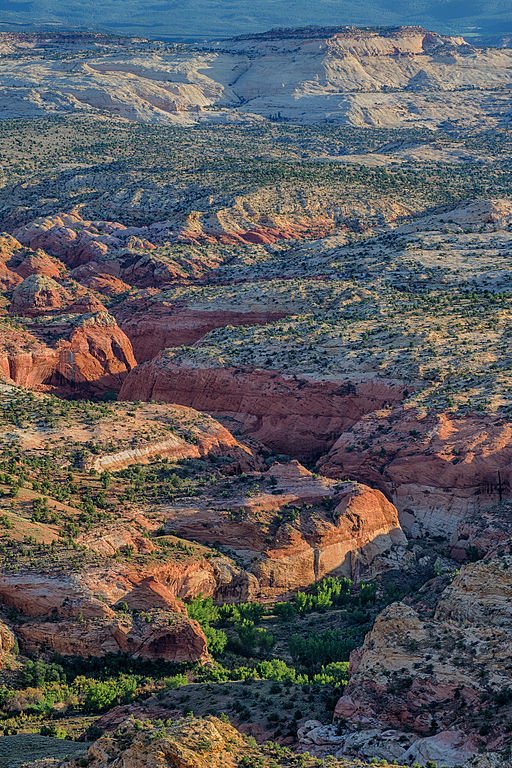Two national monuments in Utah have been restored, but it isn’t over.
Read MoreClinton and Obama Giveth, Trump Taketh, and Biden Restoreth: Two National Monuments in the State of Utah

Bill Clinton
Two national monuments in Utah have been restored, but it isn’t over.
Read MoreBack in the day, an Act of Congress, signed into law by President Theodore Roosevelt on June 8, 1906, soon after became commonly known as the “National Monument Act.” The more recently used name of the “Antiquities Act of 1906” must now be changed back to “National Monument Act of 1906.”
Read MoreMarine protected areas (MPAs) in the United States exist to preserve our nation’s marine resources for this and future generations. About 26 percent of US marine waters are protected in some kind of MPA, defined ... as “any area of the marine environment that has been reserved by federal, state, territorial, tribal, or local laws or regulations to provide lasting protection for part or all of the natural and cultural resources therein.” A few MPAs known as marine reserves or no-take MPAs (amounting to about 3 percent of US waters) do not allow hunting, fishing, or collecting. The purpose of these no-take MPAs, which include marine national monuments, is to sustain fisheries and allow ecosystems to recover from environmental stressors.
Read MorePresident Trump signed an executive order on April 26, 2017, that directs Secretary of the Interior Ryan Zinke to review sixty-two of the last three presidents’ national monument proclamations, dating back to 1996. The review will result in a final report in four months that “shall include recommendations, Presidential actions, legislative proposals, or other actions consistent with law.”
The administration is interested in either totally abolishing, reducing in size, and/or weakening the protections for national monuments. Those prerogatives belong to Congress. If Trump tries, he’ll get a multitude of tweets saying, “See you in court!”
Read More
A very small portion of the Pacific Remote Islands Marine National Monument, U.S. Minor Outlying Islands. Photo: US Fish and Wildlife Service.
On August 25, 2016, President Obama proclaimed an expansion of the Papahānaumokuākea Marine National Monument by 375,278,034 acres, making it the largest marine reserve in the world at 493,759,275 acres (~1.3-million nautical miles). (The name is pronounced Pa-pa-hah-now-mo-koo-ah-keh-ah and derives from an ancient Hawaiian creation story.)
Until relatively recently, no president had applied the Antiquities Act of 1906 to any large amount of salt water. A few national monuments include seawater associated with islands and adjacent lands, but no national monument had been proclaimed that included a lot of ocean.
The opportunity for U.S. seascape-scale conservation exists thanks to the 1982 United Nations Convention on the Law of the Sea, which came into force in 1994. Though the United States has yet to sign it, our country nonetheless views the treaty as settled international law, which recognizes a United States Exclusive Economic Zone (USEEZ) that extends up to 200 nautical (230.2 statute) miles (nm) off the 13,000-mile coastline of the United States.
Read More